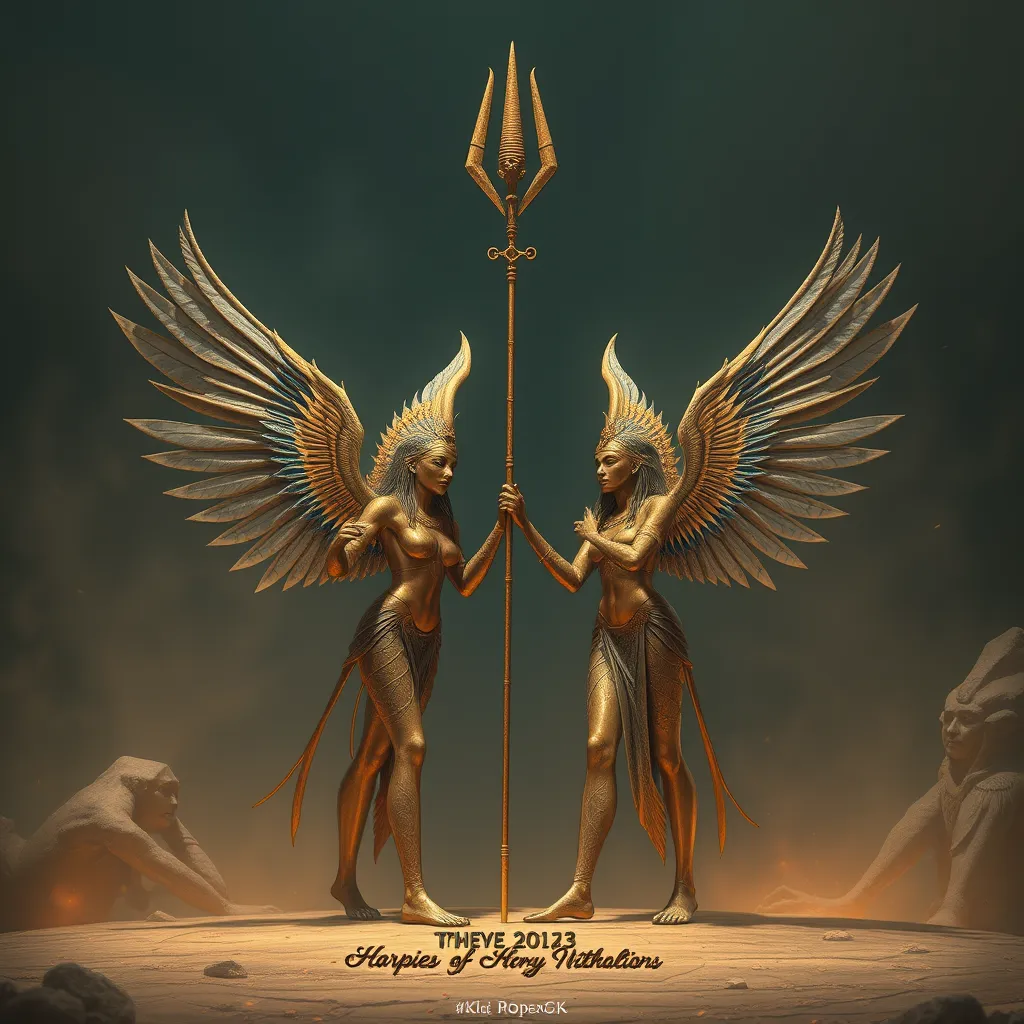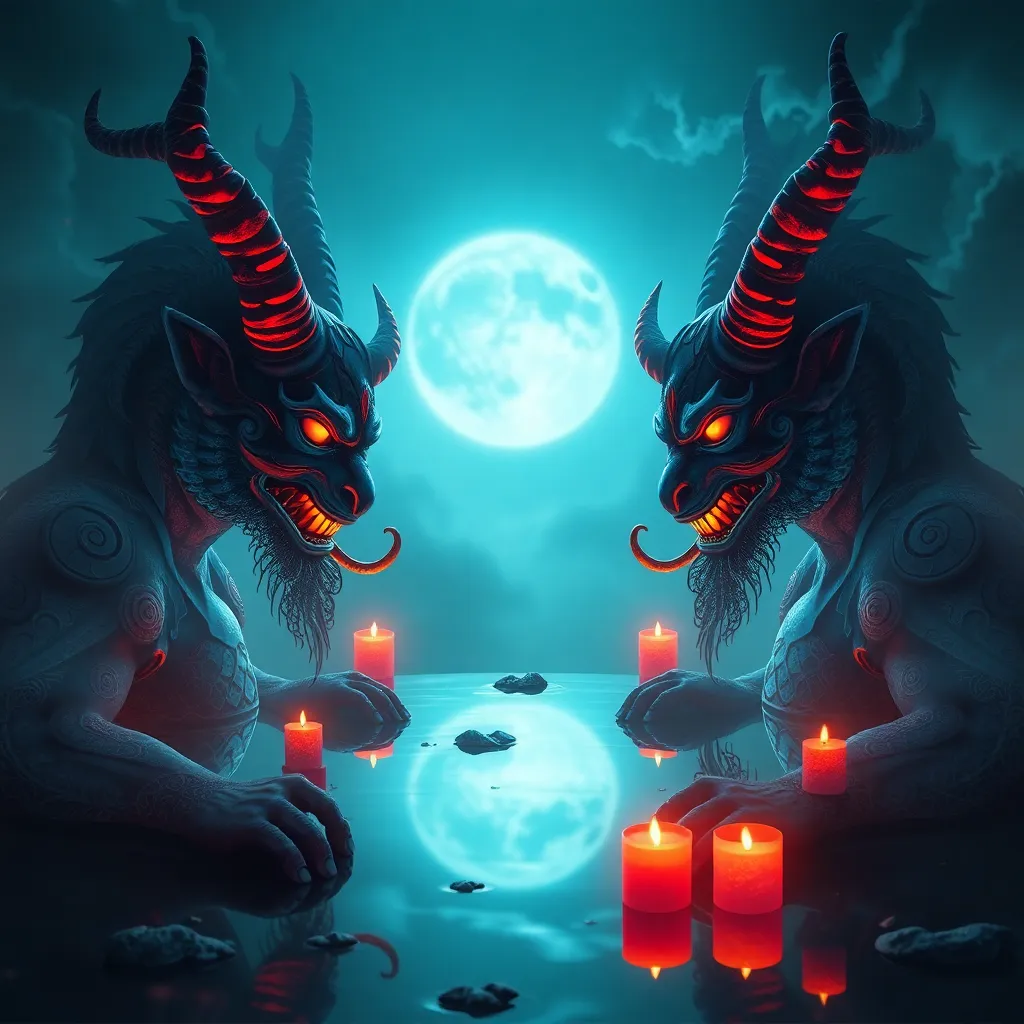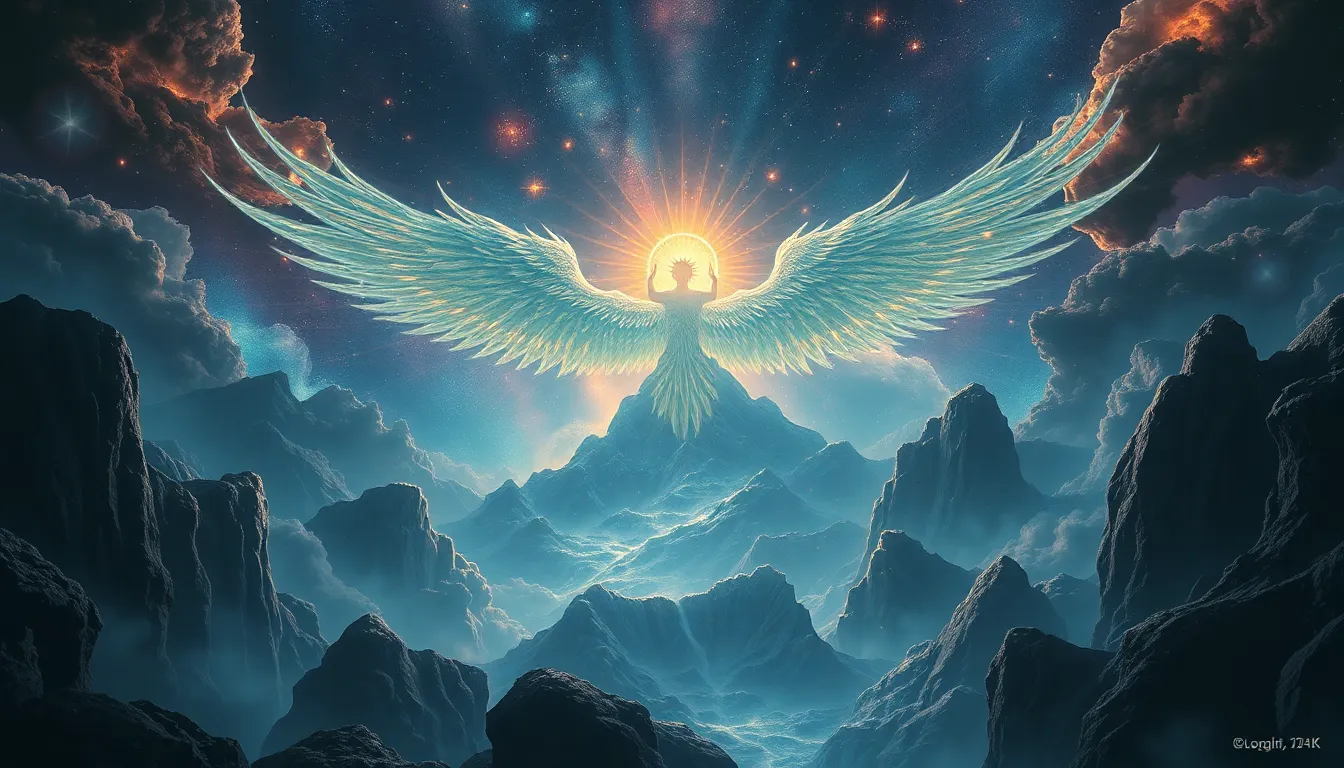Across the Ocean: Tracing Leprechaun Myths in Other Cultures
Introduction: The Allure of Leprechaun Myths
The enchanting folklore of leprechauns has captivated audiences for centuries, primarily stemming from Irish culture. These mischievous little fairies, often depicted as shoemakers, are believed to guard hidden pots of gold at the end of rainbows. The allure of leprechaun myths extends beyond their whimsical nature; they offer a glimpse into the rich tapestry of human storytelling and cultural belief systems.
This article aims to explore the similarities between leprechaun myths and similar folklore in various cultures around the world. By tracing these connections, we can better understand the universal themes in mythology and the shared human experiences that transcend geographical boundaries.
The Origins of the Leprechaun Legend
The leprechaun legend has its roots deep in Irish mythology, with references to them dating back to the 8th century. Initially, leprechauns were seen as solitary fairies, often associated with the Tuatha Dé Danann, a mythical race of beings in Irish lore. Historical texts describe them as small, elderly men who spent their time making shoes and playing tricks on unsuspecting humans.
Key characteristics of leprechauns include their diminutive size, their affinity for mischief, and their role as guardians of treasures. Symbolically, they represent the themes of wealth and luck, as well as the connection between the natural and supernatural worlds. Over time, the image of the leprechaun has evolved, particularly in modern culture, where they are frequently portrayed wearing green coats and hats, often accompanied by a shamrock.
Comparative Mythology: Little People Across Cultures
The concept of “little people” is a fascinating aspect of global folklore, manifesting in various cultures with unique attributes and stories. These beings often embody similar traits of mischief and magic, reflecting a shared human fascination with the unseen forces of nature.
- Brownies: In English and Scottish folklore, brownies are small, helpful creatures that assist with household tasks at night.
- Faeries: In Celtic myth, faeries are often depicted as enchanting beings capable of both benevolence and malevolence, frequently engaging with humans.
- Gnomes: In German folklore, gnomes are earth-dwelling creatures associated with guarding treasures and minerals.
The European Connection: Similarities in Folklore
Across Europe, numerous cultures feature leprechaun-like figures that share common themes and characteristics. For instance, the Welsh coblynau are said to be small, goblin-like beings who assist miners, while Scottish brownies are known for their helpfulness in households. These figures often embody the duality of mischief and aid, reflecting the complexities of human relationships with nature and the supernatural.
The exchange of folklore across cultures has been significantly influenced by trade and migration. As people moved, they brought their stories, traditions, and beliefs, leading to a blending of mythologies. This cultural exchange has enriched the understanding of folklore, allowing for a more nuanced appreciation of its varied forms.
The Indigenous Perspective: Little People in Native American Cultures
Native American tribes also have their own legends of “little people,” each with distinct characteristics and cultural significance. For example, the Pukwudgies of the Wampanoag tribe are considered mischievous, shape-shifting beings that can be helpful or harmful. Similarly, the Manitou represents spiritual beings that can take numerous forms, including small, fairy-like creatures.
These myths serve as reflections of the values and beliefs of the tribes, often emphasizing respect for nature and the interconnectedness of all beings. While there are parallels between Native American little people and the Irish leprechaun—such as their size and magical abilities—there are also notable differences, particularly in their roles within their respective cultural narratives.
Modern Interpretations and Popular Culture
In contemporary media, leprechaun myths have evolved and adapted, reflecting changing societal values and interests. Films, literature, and art have reimagined these mythical beings, often emphasizing their comedic or villainous traits. A notable example is the “Leprechaun” film series, which portrays the character as a vengeful spirit, distorting the traditional image of the leprechaun from a whimsical guardian of treasure to a malevolent figure.
The impact of globalization has also played a significant role in shaping the perception of leprechauns and similar figures. As cultures interact more than ever, folklore becomes a shared narrative, often leading to hybrid forms that draw elements from multiple traditions.
The Role of Folklore in Cultural Identity
Folklore, including leprechaun myths, plays a crucial role in shaping national and cultural identities. These stories serve as cultural touchstones, fostering a sense of belonging and continuity among community members. They preserve history, convey moral lessons, and provide a framework for understanding the world.
In a modern context, preserving these myths is vital for maintaining cultural heritage. Storytelling remains a powerful tool for community bonding, allowing individuals to connect with their roots and with one another. By celebrating folklore, communities can cultivate a deeper appreciation for their unique narratives while also acknowledging the shared human experiences that link them to others.
Conclusion: The Universal Appeal of Mythical Beings
The exploration of leprechaun myths alongside their counterparts worldwide reveals a tapestry of shared themes that resonate across cultures. From the mischievous nature of these beings to their roles as guardians of treasure, the similarities speak to the universal human experience of wonder, fear, and connection to the spiritual world.
Understanding these myths not only enriches our appreciation of individual cultures but also highlights the interconnectedness of human storytelling. As we delve into diverse folklore traditions, we foster a greater sense of unity and empathy in our increasingly globalized world.



